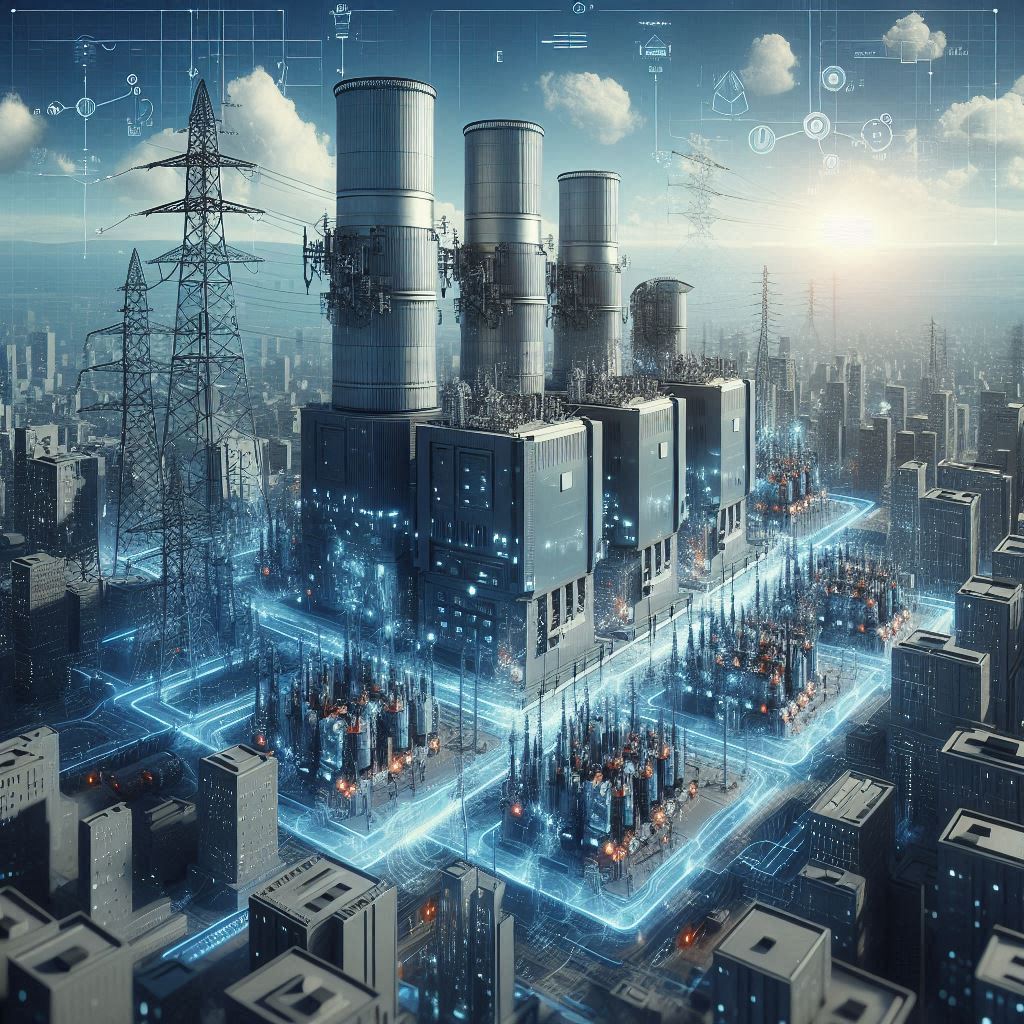The global shift towards renewable energy sources has brought about significant structural changes in electrical power transmission. With the increase in buying and selling electricity across vast distances, high-voltage direct current (HVDC) transmission systems have become an essential component in modern grids. Both HVDC systems and solar power generation rely extensively on power electronics devices to manage energy flow efficiently.
The Growing Role of Grid-Forming Converters (GFMCs)
As microgrid networks expand, grid-forming converters (GFMCs) are expected to play an increasingly pivotal role in system operations. These technological advancements will undoubtedly shift traditional paradigms, requiring a deeper understanding of how GFMCs function and how they impact power quality and overall grid stability.
Power Electronics and Their Impact on Power Quality
Various studies have demonstrated that widespread adoption of power electronics devices contributes to power quality issues such as voltage sags and swells. While these technologies enhance flexibility in energy management, they also introduce complexities that must be carefully monitored.
The Risk of Retiring Rotating Generation Plants
The ongoing trend of decommissioning conventional rotating generation plants presents another critical challenge to grid stability. Steam and gas turbine generators provide essential grid inertia, which helps maintain frequency stability. Without strategic replacements, retiring these plants could lead to instability and increased vulnerability to power disruptions.
Potential Solutions to Mitigate Power Quality Issues
To compensate for grid instability introduced by power electronics devices, national grid operators must explore alternative solutions. Some proven methods include:
- Capacitors: These are cost-effective and reliable but have limitations in space requirements and reactive power absorption.
- Static VAR Compensators (SVCs): Offering improved voltage control, SVCs are beneficial but are not effective for rapid voltage fluctuations.
- Static Synchronous Compensators (StatComs): These advanced power electronics solutions provide better voltage stabilization but come at a higher cost.
- Synchronous Condensers: Unlike power electronics-based solutions, these mechanical devices contribute directly to grid inertia, dampening frequency fluctuations.
Repurposing Coal-Fired Power Stations for Grid Stability
Instead of shutting down aging coal-fired power stations, there is potential to repurpose them by converting existing generators into synchronous condensers. By replacing steam turbines with large-mass flywheels and Synchro-Self-Shifting (SSS) clutches, these stations can continue playing a vital role in stabilizing the grid without contributing to carbon emissions.
The Need for Strategic Planning in Grid Stability
With the rapid adoption of renewable energy and the growing reliance on power electronics, industry leaders must prioritize grid stability efforts. Eskom has recognized this urgency and announced plans to introduce 11 synchronous condensers across its transmission network, including repurposed and newly installed units. Similarly, Australia’s Renewable Energy Agency (ARENA) has supported studies advocating the integration of synchronous condensers into the grid.
Conclusion: A Call for Proactive Measures
As demand for synchronous condensers rises, timely action is critical to ensure a stable and resilient power network. Considering the increasing reports of power quality issues, the question remains: Was the extent of these challenges unforeseen by industry planners? Given the long-standing presence of HVDC transmission and solar power generation technologies, proactive mitigation strategies should have been established earlier. Moving forward, investing in grid stabilization solutions will be essential for a successful transition to cleaner energy.
You must be logged in to access the form.

